Canon EOS 1500D review: Beginners just go for it!
Canon has introduced an entry-level DSLR with a 24.1MP sensor alongside connectivity features such as Wi-Fi and NFC.

2017-2018 has been the year of the smartphone. Not only design, display and battery, but more of a cold war on the photography front. Smartphone manufacturers all out to show their prowess with the cameras on their devices. Be it the primary or the selfie cameras, the smartphone today is completely bridging the gap between a professional camera and a smartphone. However, what a DSLR can procure, a smartphone simply still cannot. DSLR cameras are still the king when it comes to image quality. Moreover, when you need to take complete control over your frame and the light you capture, no smartphone has yet managed to come close to the performance that DSLRs can offer. While smartphones can replace point and shoot cameras to an extent, they are soon closing into the DSLR category, but that will take a few more years to come.
Professional photographers still use the mighty old DSLR for their work. While they do use smartphones to capture a few shots, the photos cannot be worked on due to limitations of file format (JPG) as RAW images are the ones helps in editing. Hence the DSLR, together with the various lenses, are still here to stay.
While it is definitely a difficult job for camera manufacturers is to sell their products in a market that is soon being dominated by smartphone cameras, brands such as Canon, Sony, Nikon and a few others have established their name in the market and offer products that are aimed at different audiences, different budgets, and different photography skill sets.
This year, Canon announced the EOS 1500D and the EOS 3000D, both entry-level cameras, with almost similar features aimed at budding photographers who want to enter into the photography game for a more serious form of the art, rather than use their smartphones that offer very limited capabilities.

The Canon EOS 1500D replaces the dated EOS 1300D that was released back in 2016. This time, it comes with features such as a 24MP APS-C sized CMOS sensor capable of full HD video recording, burst shooting at 3fps, 9-point AF system and Wi-Fi and NFC connectivity. We put the Canon EOS 1500D to the test so that we can give you our recommendation.
Design, Build
If you happen to be familiar with the EOS 1300D, then we won’t fault you for finding any difference with the 1500D. For that matter, most DSLR cameras are usually built similarly to keep the user from learning it all over again and help the photographer be comfortable right out of the box. Physically, nothing has changed between both models and the only difference found on the latest iteration is the tad weight loss. Canon has trimmed down the weight to 475g, which is just 10g short.
The button layout is identical to the Canon EOS 1300D. The similarities don’t end there — it features the same screen size, overall dimensions and the battery capacity.
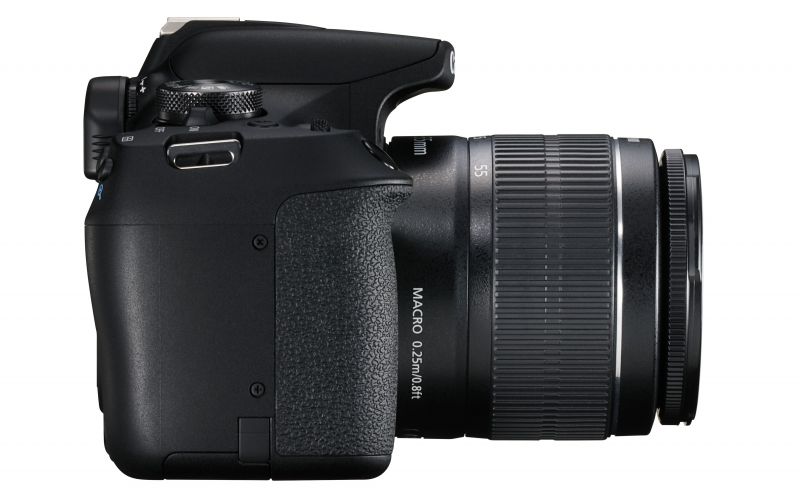
Ergonomically speaking, the EOS 1500D very comfortable to handle single-handedly — all the controls are located on the right, making it comfortable to access almost everything. If you have used Canon DSLRs in the past, working with this model would come in naturally. However, if you are switching from a competitor brand, navigating through the controls will take a lot of learning, but you should get accustomed to soon.
Like most conventional DSLRs out there, the mode-dial is located on the top. Beside it is the dedicated power toggle switch. We appreciate Canon for adding this option on the camera as turning it on feels slick. The lower-end model, EOS 3000D, sadly doesn’t have this feature and the power button is located on the mode-dial itself. Though it’s not a deal-breaker, it means you have to constantly switch from your go-to shooting mode to turn the camera on or off. This is why having a dedicated power switch on the EOS 1500D is highly appreciated where you can hit that shutter as soon as your subject is ready. Besides the dial, buttons for flash, shutter and scroll wheel to adjust ISO, aperture, exposure, etc are available.
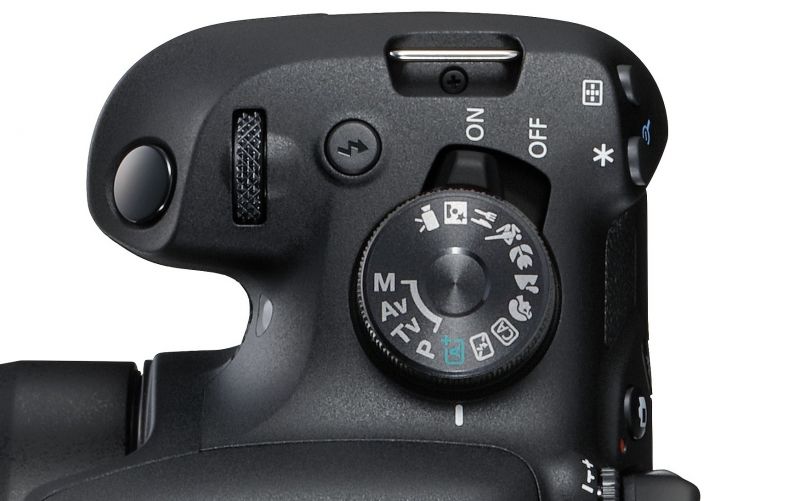
The 3-inch LCD screen located on the rear has a resolution of 920000 dots however it’s worth noting that it doesn’t feature any touchscreen capabilities. Also, the display is fixed and it would have been nice to see a flip-out option. A flip-out screen could additionally help in shooting from tight angles. Lastly, the EOS 1500D uses a pentamirror viewfinder with a 95 per cent coverage.
A mini USB, mini HDMI and microphone are housed under a rubber flap on the left. The bottom has the usual — a 860mAh battery with a SD card slot that hosts up to 64GB SDHC cards. A 16GB SDHC card is bundled with the box, apart from the charger and cables.
The camera is built using polycarbonate and is re-enforced with carbon fibre; this allows it to be solid enough to withstand accidental bumps without worrying about the camera being destroyed.
The lens mount is made of metal and this gives it a premium edge over the EOS 3000D that features a plastic mount. And it does support lenses from third-party lens makers such as Sigma, Tamron, and a few others.
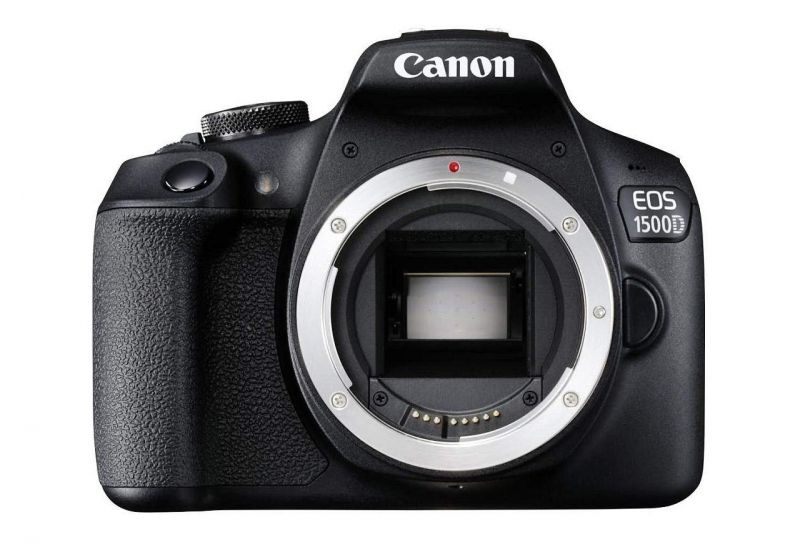
Lastly, Canon has bundled a standard EF S18-55 IS II kit lens featuring 3x optical zoom, with autofocus and OIS — a great kit for beginner-level photographers, right out of the box.
Features
The Canon EOS 1500D can be classified as a no-frills camera but that doesn’t mean that it is devoid of features. The main USP is the 24.1MP APS-C-sized CMOS sensor with an optical low-pass filter — an upgrade from the 18MP sensor on the Canon 1300D and 3000D. This sensor is on par with DSLRs meant for advanced users and it helps in capturing more light with least effort. This very sensor is found on the EOS 77D too, a camera that is designed for professionals. Apart from this, all features are relatively unchanged with the same DIGIC 4+ processor that has been around since 2014 and was designed mainly for point-and-shoot type of photography. Though this is an age-old processor, it goes well with this model as it can help with beginners get a grasp of what DSLR photography is about. The processing speed here gives the camera competences to a burst speed of 3fps along with full HD 1080p video recording at 25fps. The Canon EOS 1500D features a 9-point AF system with cross-type AF sensitivity to f/5.6 with centre AF point.
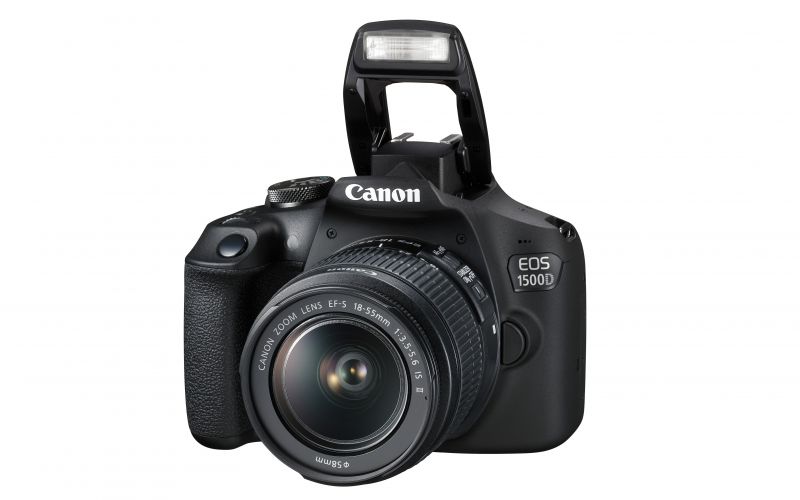
The ISO range is rated between ISO 100 to ISO 6400 to a maximum of ISO 12800. A handy feature here is an integrated Wi-Fi connectivity with NFC that allows smartphone pairing with a Canon Camera Connect app. Besides easy media transfer, it also helps a user get the most out of the camera. This includes remote shutter, live viewfinder, instant social sharing of photos and a few more.
For those looking to post images taken from the camera on to social media apps, the EOS 1500D comes with a bunch of creative filters where images can be edited slightly in the form of Grainy Black and White, Soft Focus, Fish-eye, Toy Camera and Miniature.
As far as video shooting capabilities go, it is pretty standard and videos can be shot in 1080p @25fps. For video recording, the camera records in the standard .MOV format.
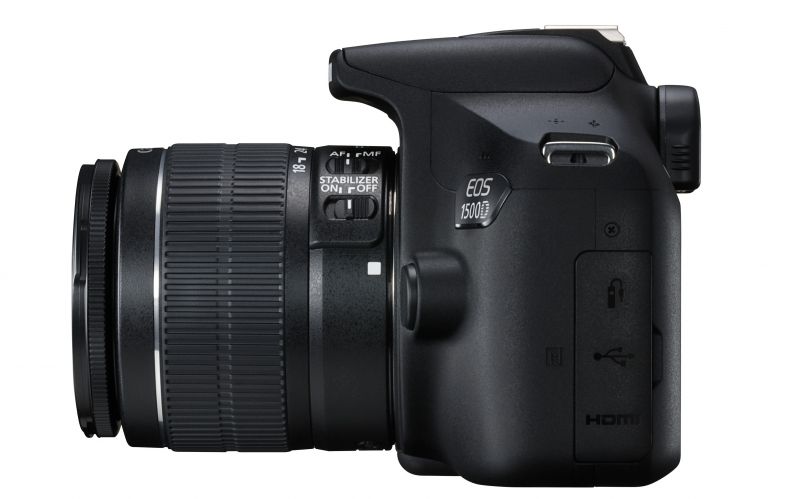
Performance
The Canon EOS 1500D comes with an EF S18-55 IS II lens and in our experience, we find that most people who purchase these entry-level DSLR cameras are satisfied with the lens that comes along, at least initially. Hence, we reviewed this camera with the stock lens itself. The lens produced images that were great for a beginners or amateur photographers.
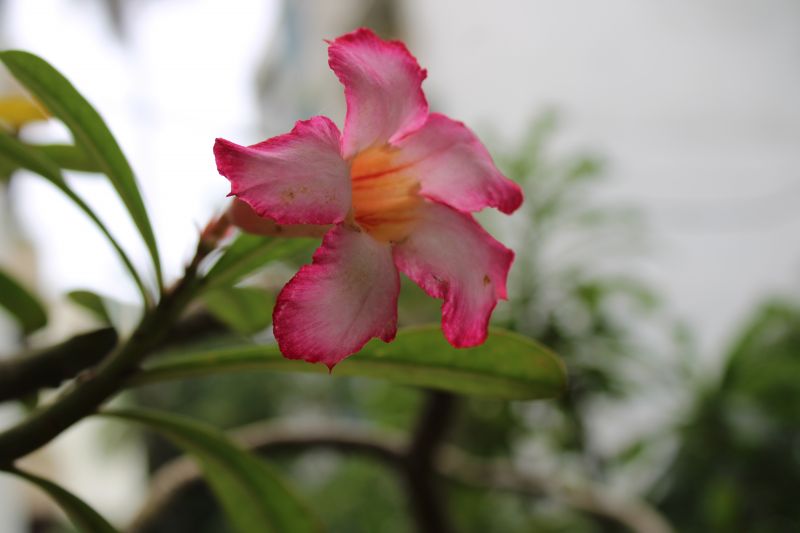
The EOS 1500D sports a superior sensor over the older EOS 1300D or the newer EOS 3000D. Thus, overall image quality is much better. During our test, we noticed acceptably sharp shots and great colour accuracy.
During our tests, we also noticed that colour saturation was decent and there was a slight pop in warmer hues. This is usually the case with entry-level DSLR cameras. One thing we have to compliment this camera on is that when we conducted our daylight tests, were got excellent shots, even though the sky dull during the monsoons. However, the dynamic range that was retained was good. The colour of the sky was well balanced in accordance with the foreground.
As far as noise is concerned, the camera handles shots well up to ISO 1600 with a little amount of grains creeping in. However, images are still very much usable. The EOS 1500D handles images well at ISO 800 and is recommended. But, as you increase the ISO sensitivity, the overall image quality begins to decline — but is not as bad as seen in older cameras, — Thanks to the DIGIC 4+ processor at play. In comparison to the older 1100D and 1200D, there was a fair amount of sharpness visible in images here, even at higher ISO levels. Check out a few sample shots taken with different incremental ISO settings.
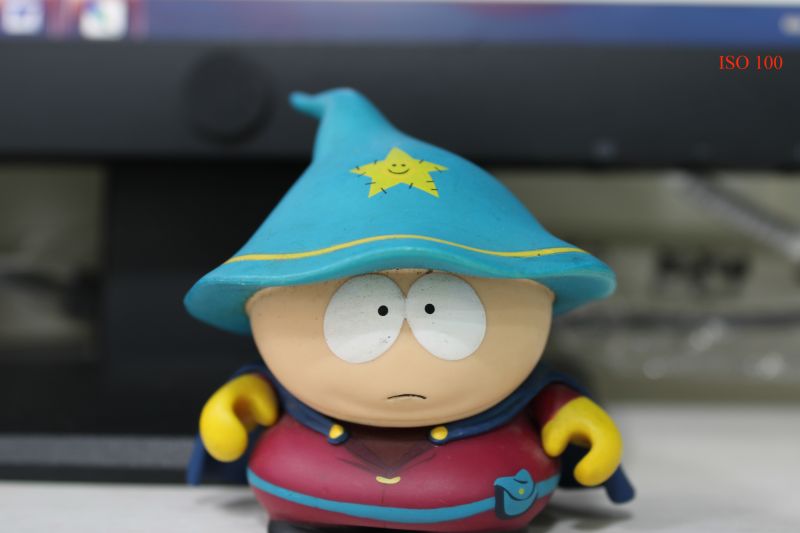
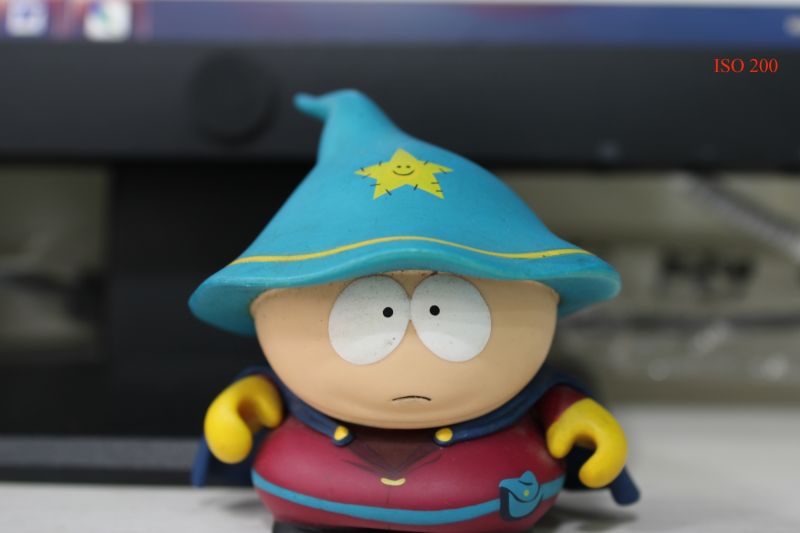
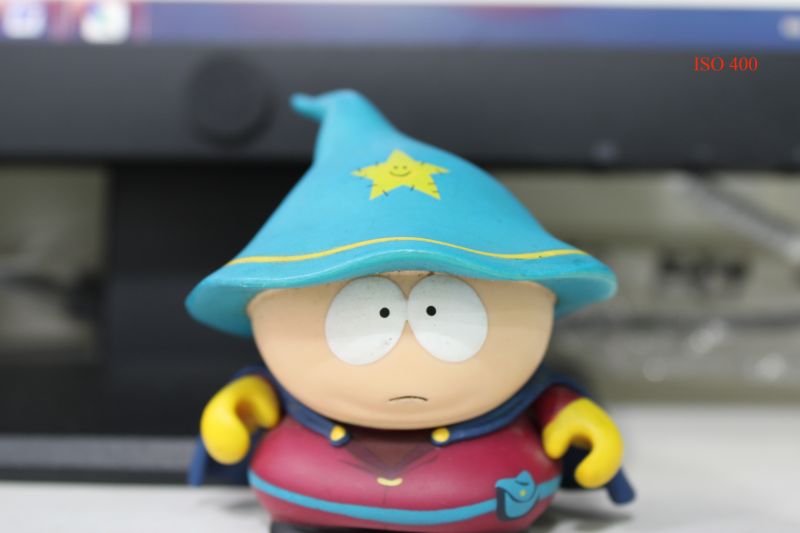
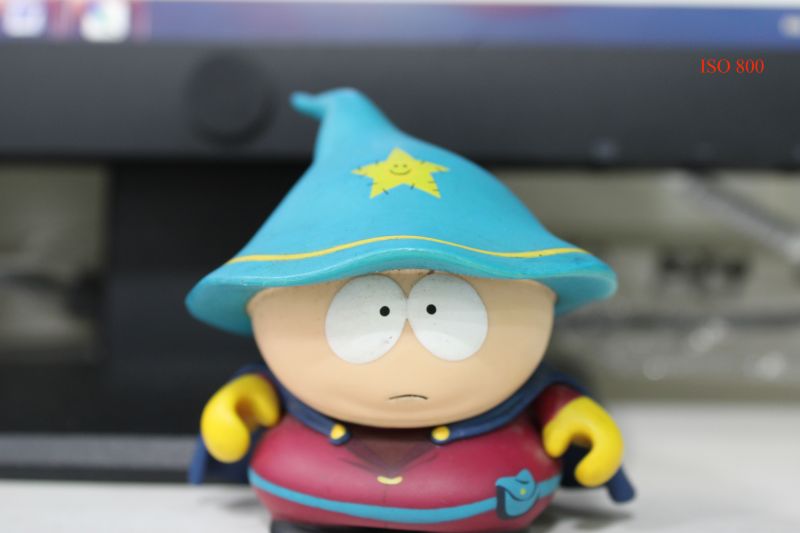
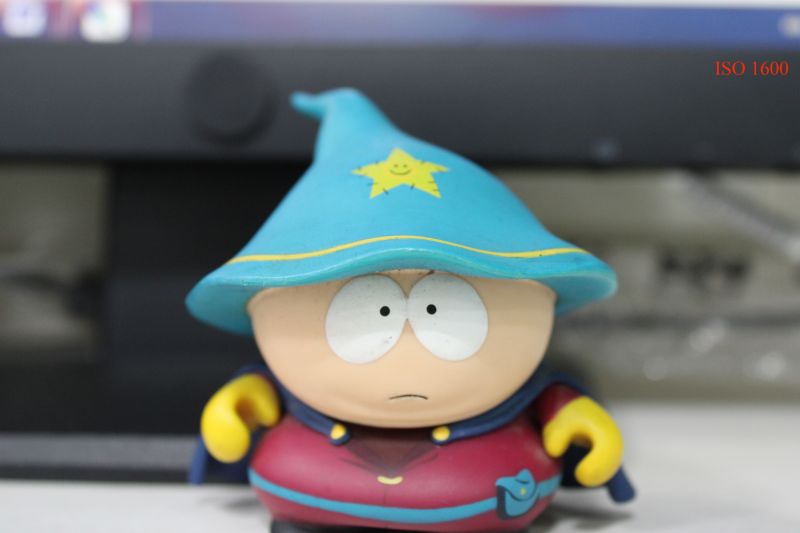
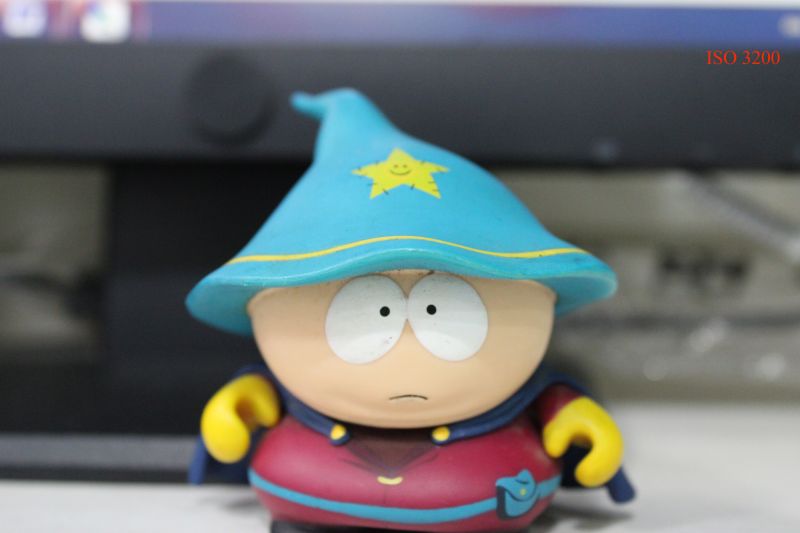
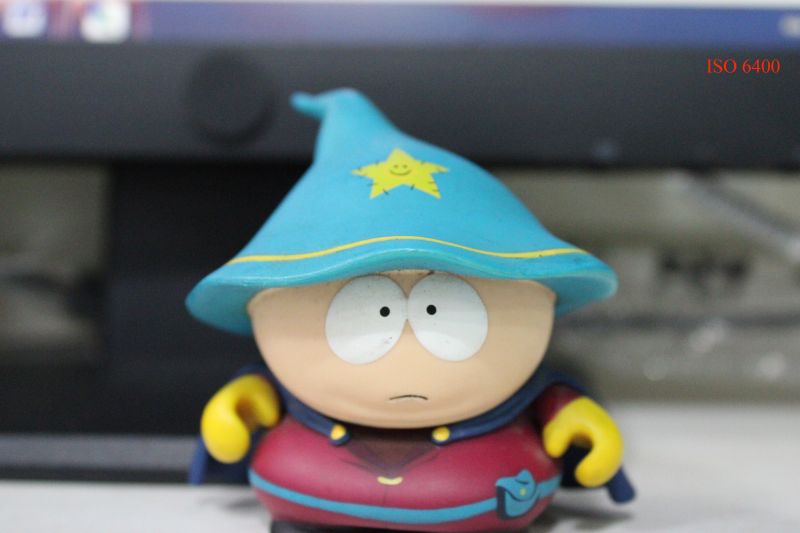
During low light, the 1500D does a commendable job at colour representation and it was maintained along the various ISO ranges. However, we did notice image softening creeping in at ISO 6400 and more. This is expected for usual cameras at this price point.
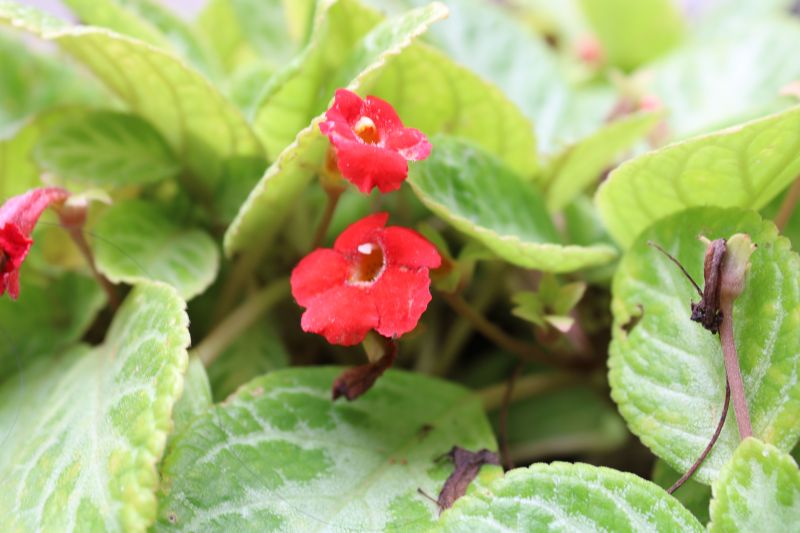
An issue we noticed with the camera is that it takes a slight amount of time to focus and since it works on contrast levels and it was a bit inconsistent. When using the viewfinder, focusing is faster than Live mode, but still not as fast enough to just focus and snap.
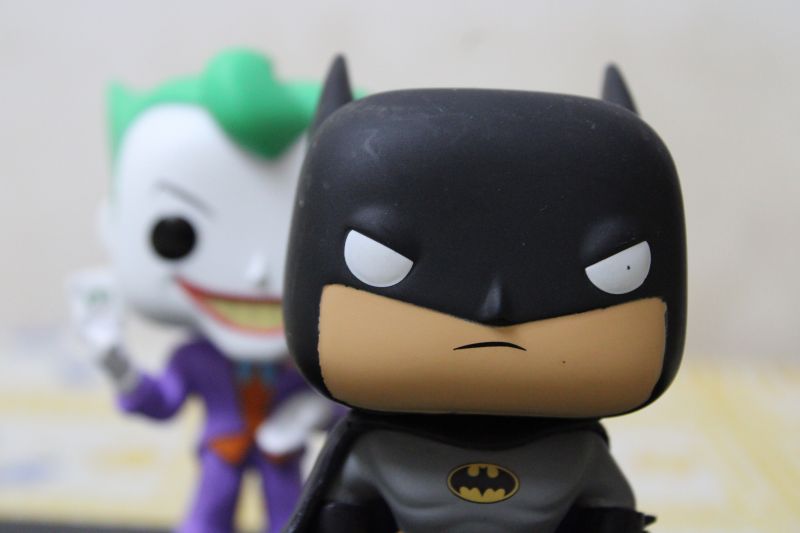
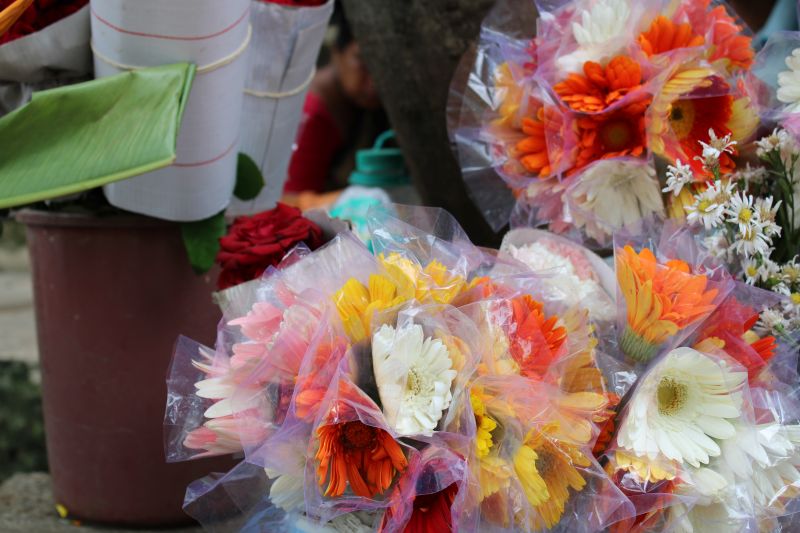



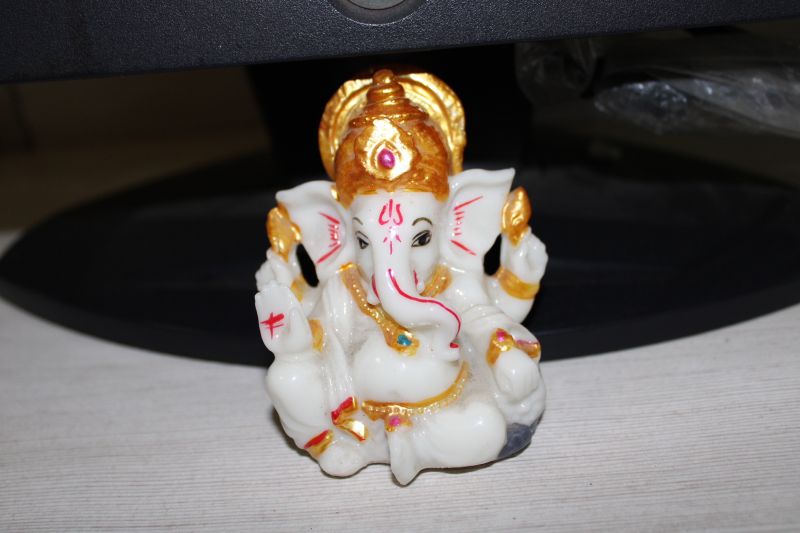
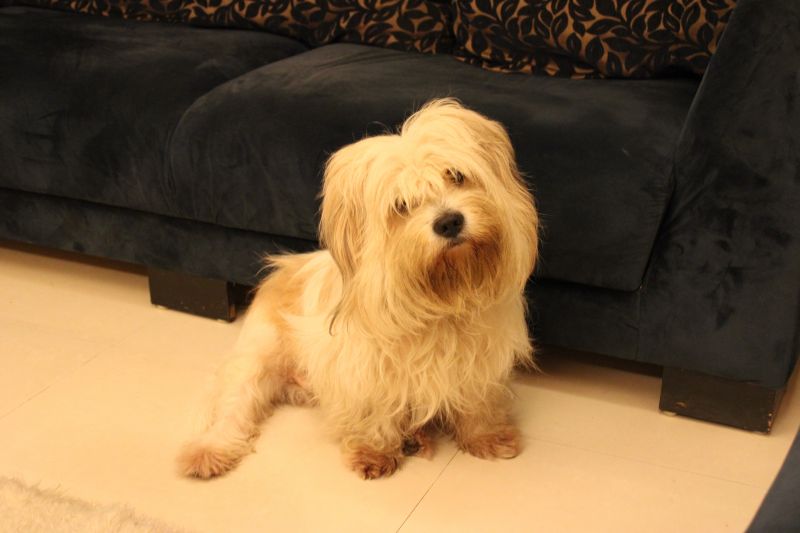
The Canon EOS 1500D has four video recording options 1920 x 1080 (full HD) at 25fps and 24fps, 1280 x 720 (HD) at 50fps and 640 x 480 (VGA) at 25fps. These settings are pretty standard for an entry-level DSLR and there’s really nothing much to write home about. As far as video quality goes, it is pretty decent and does a fair job with colour accuracy and detail. There was no framing noticed and the transitions were smooth from scene to scene. In low light environments, video recording is not the best and we suggest to use this feature only if the area is well lit or add in LED video lamps for better performance.
The camera comes with an 860mAh LP-E10 rechargeable lithium-ion battery. On a single charge, you should be able to capture 300 to 500 shots. We noticed this to be quite accurate but video and flash modes will reduce this substantially. On an average, we managed around 400-plus shots easily.
Verdict
The Canon EOS 1500D is priced at Rs 37,995 with the stock 18-55mm lens kit. Alternatively, you can also avail for the body only at Rs 33,995 or with a double zoom kit (EF-S 18-55mm IS II + EF-S 55-250mm IS II) for Rs 46,995.
The camera is an excellent option for those who are just stepping into the creative art of photography as it can give them all the tools needed to harness their skills. If you are short on cash and looking for a cheaper DSLR, then the EOS 3000D is a viable option. However, it does come with certain compromises, mainly an 18MP sensor compared to the 24.1MP sensor found here.
So, who is this camera meant for? Basically anyone who wants to experiment with photography. It's a no-frills camera that just gets the job done.
